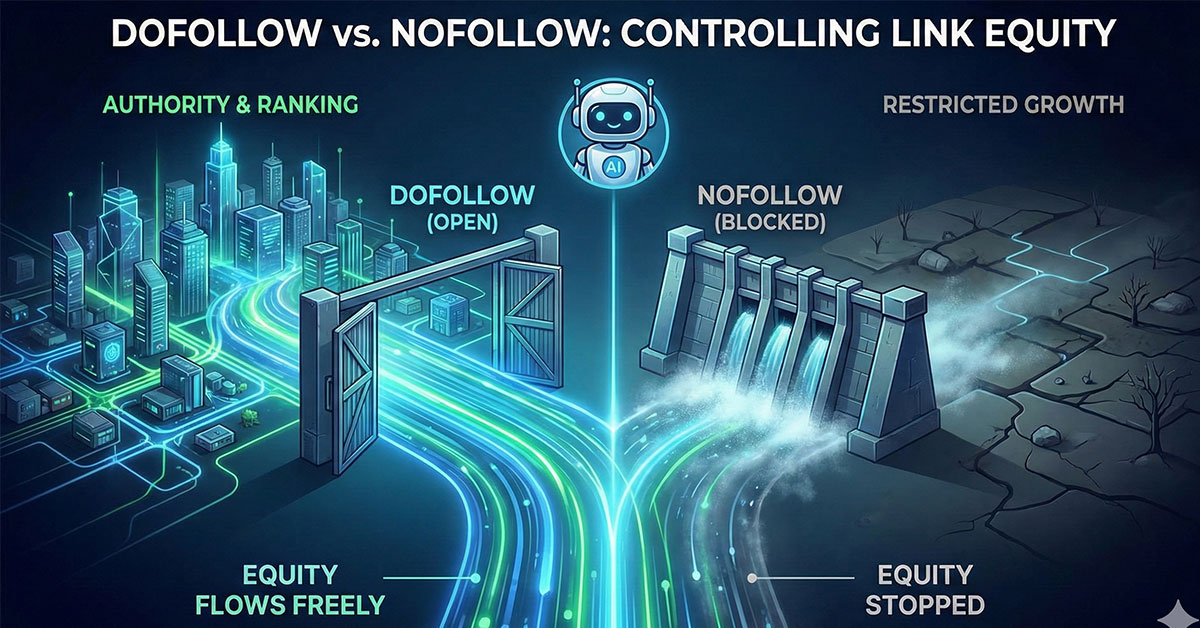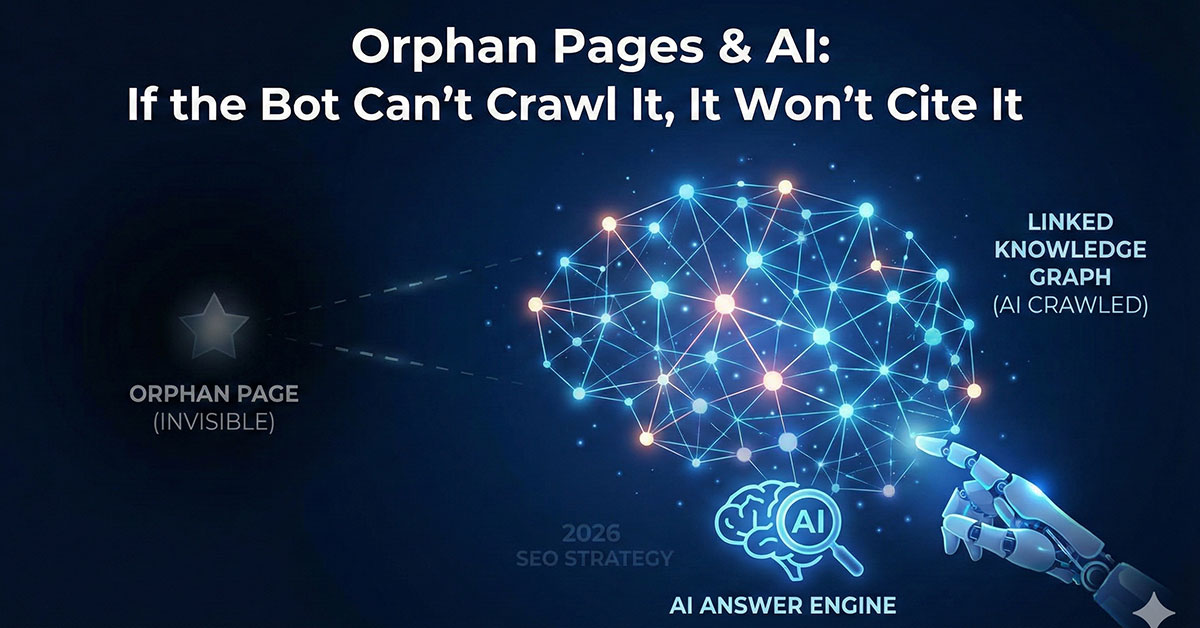Local SEO
Dominate local search results and Google My Business. Perfect for restaurants, law firms, medical practices, and local businesses.
- Google My Business optimization
- Local citations and directories
- Review management strategy
This website uses cookies to improve user experience. Read more in our Privacy Policy.
Loading...
From free SEO analysis to professional SEO services - everything you need to dominate search rankings and grow your business.
Enter your website URL below to get started with your free SEO analysis
Professional SEO services tailored to your business needs. From local visibility to enterprise-level optimization.
Dominate local search results and Google My Business. Perfect for restaurants, law firms, medical practices, and local businesses.
Increase online sales with specialized eCommerce SEO. Product optimization, category pages, and conversion-focused strategies.
High-quality backlink acquisition from authoritative websites. White-hat strategies that improve domain authority and rankings.
Comprehensive technical analysis of your website. Identify and fix crawling issues, site speed problems, and technical barriers to ranking.
Strategic SEO guidance for businesses and agencies. Custom strategies, team training, and ongoing consultation to maximize your SEO success.
Every business is unique. Let's discuss your specific SEO needs and create a tailored plan that drives real results for your industry and goals.
Get Custom SEO StrategyAccess professional-grade SEO tools absolutely free. Perfect for businesses, agencies, and SEO professionals.
Advanced keyword analysis with density optimization, semantic suggestions, and competitor comparison insights.
Intelligent meta tag analysis with SERP preview, character count optimization, and CTR improvement suggestions.
Professional robots.txt generator with advanced crawling directives, sitemap integration, and SEO best practices.
Stay ahead with cutting-edge SEO strategies and marketing insights from industry experts

PageRank Sculpting" is a myth that won't die. Learn why using 'Nofollow' on internal links destroys your link equity and how to audit your site to ensure authority flows freely to your best content.
Rohit Sharma
Dec 8, 2025

If a bot can't crawl it, it won't cite it. Understand why Orphan Pages are invisible to AI models and learn the "Zipper Method" to reconnect them to your site's ecosystem to boost discovery.
Rohit Sharma
Dec 8, 2025

Broken links are more than just a nuisance—they are dead ends for AI crawlers. Learn how "Link Rot" destroys your crawl budget and how to find and fix 404 errors instantly using free tools.
Rohit Sharma
Dec 8, 2025